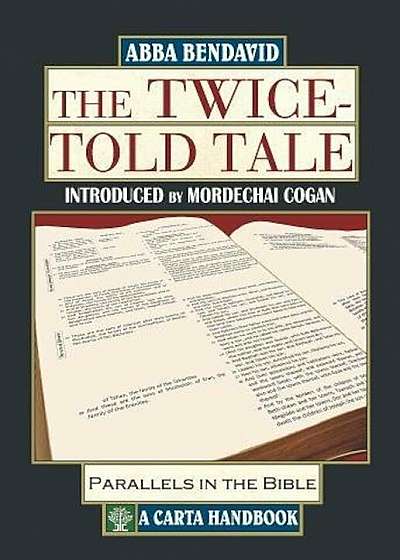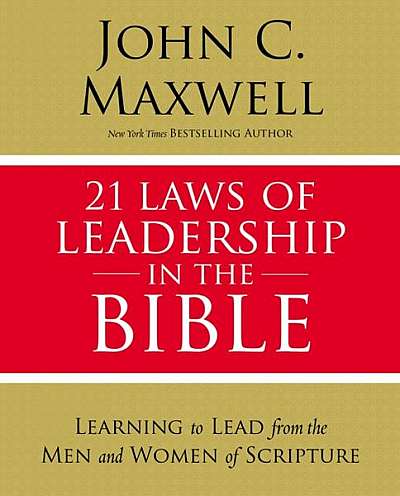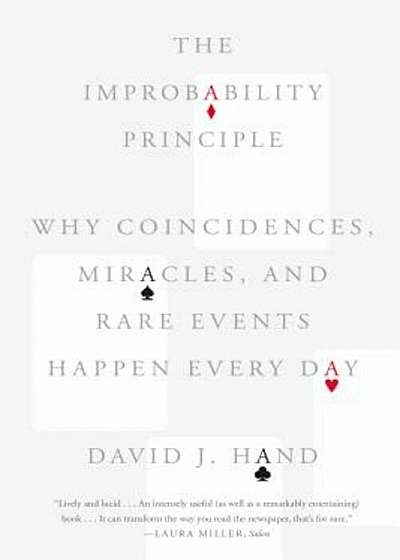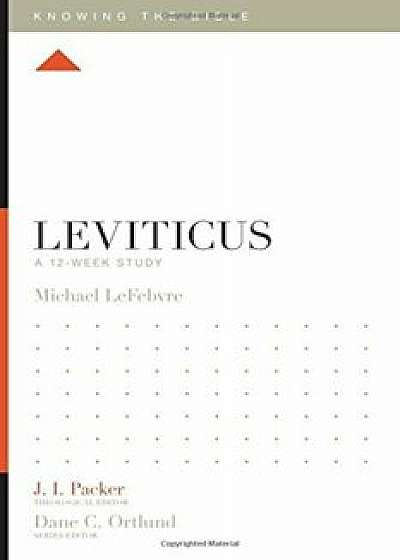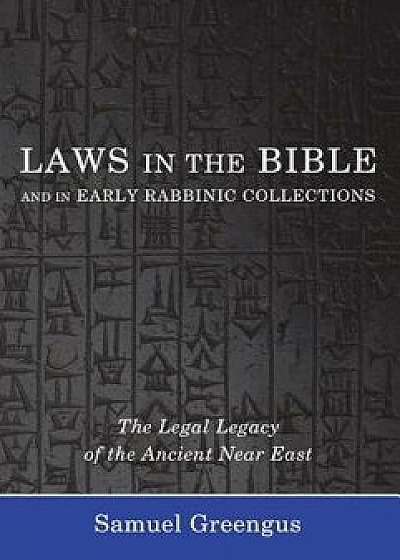
Laws in the Bible and in Early Rabbinic Collections: The Legal Legacy of the Ancient Near East, Paperback/Samuel Greengus
Descriere
Description Synopsis: The remarkable discovery of ancient Near Eastern law collections or "codes," beginning with the Laws of Hammurabi and followed by many other collections in decades following, opened a new window upon biblical law. This volume seeks to examine within a single study all of the biblical laws that are similar in content with ancient Near Eastern laws from Sumer, Babylonia, Assyria, and Hatti. The book also examines a small but important group of early rabbinic laws from postbiblical times that exhibit significant similarities with laws found in the ancient Near Eastern collections or "codes." This later group of laws, although absent from the Bible, are nevertheless of comparable antiquity. The presentation focuses on the actual law statements preserved in these ancient law "codes." The discussion then adds narratives, records, and reports of legal actions from ancient sources outside the laws-all of which relate to the formal law statements. The discourse is non-polemical in tone and does not seek to revisit all theories and interpretations. The format allows readers, including those who are new to the subject of biblical law, to engage the primary sources on their own. Endorsements: "This book's intriguing thesis is that there are many 'remainders' of ancient near eastern law that survive in the late antique legal literature of rabbinic Judaism (the Mishnah and the two Talmuds) . . . Greengus uniquely shows how this influence may be discovered in rabbinic legal materials that lack explicit biblical models and antecedents. A fascinating read for all those interested in the history of law and intercultural influences." -Richard S. Sarason Professor of Rabbinic Literature and Thought Hebrew Union College-Jewish Institute of Religion, Cincinnati "Samuel Greengus analyzes an important group of biblical laws with all the legal and linguistic resources discovered in the past century . . . This book will prove indispensable for readers who seek to underst

